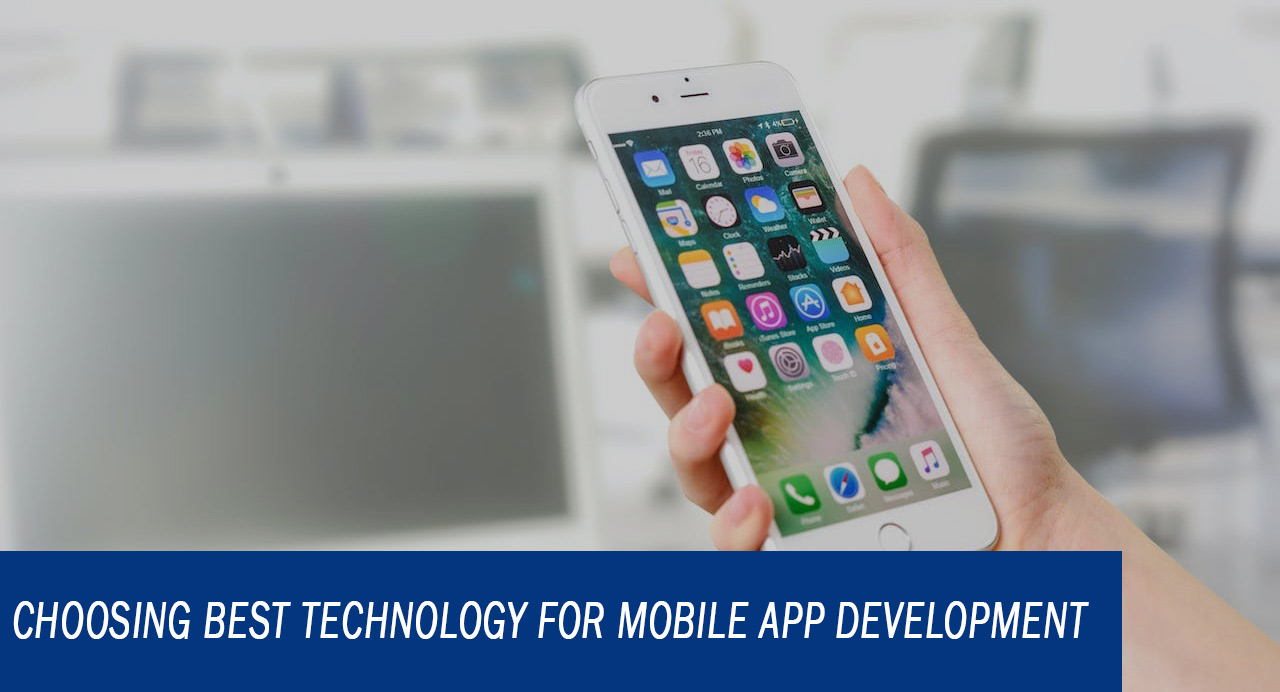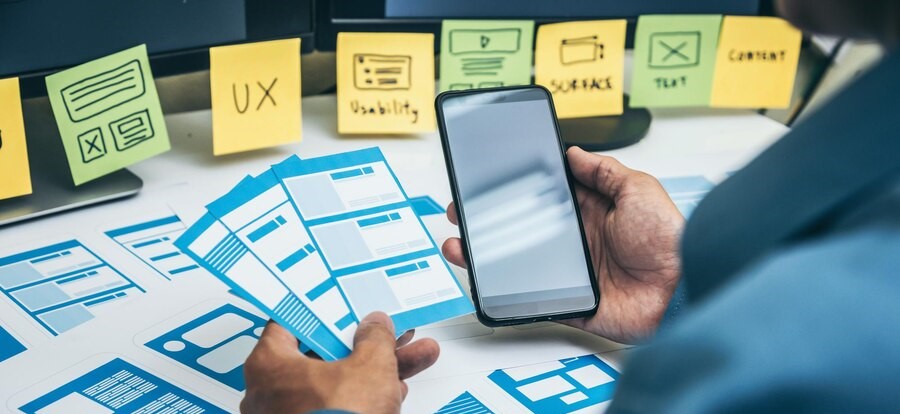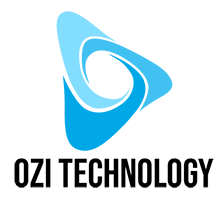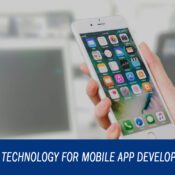
Choosing best technology for mobile app development
Mobile app development technology is a diverse and dynamic field that encompasses a wide range and variety of tools, frameworks, and technologies. In the fast rapidly evolving world of mobile app development, choosing the right technologies is critical pivotal, and important for creating successful and user-friendly applications. As the demand for innovative and unique mobile solutions continues to rise, developers find themselves faced with a colorful variety or array of choices. In this article, we will claw or dig deeper into the human-friendly landscape of mobile app development technologies, exploring the best tools and frameworks that empower developers to build robust, efficient, user-centric, customer-focused mobile applications. Python, Java, Flutter, React Native, Swift, Kotlin, and R Programming are some great and top-notch technologies used to develop mobile applications. Some examples of mobile devices include smartphones, laptops, tablets, and smartwatches. The two most leading and dominant mobile platforms on the market are Android and iOS.

Understanding the mobile app development ecosystem (introductory process):
Before we go into further details and dive into the specific technologies, it’s essential to understand the introductory process or ecosystem of mobile app development. This involves considering the various and different aspects such as platform choice (iOS, Android, or cross-platform), user experience (UX) design, and the overall app architecture.
Choosing the Right Platform:
Developing for iOS, Android, or both depends on your target audience and business pretensions. Native development provides the optimal or best performance, while cross-platform frameworks like React Native or Flutter offer code reusability.
User Experience (UX) Design:
Seamless unperturbed or indefectible user experience is a cornerstone or foundation of successful mobile apps. Consider design principles, intuitive navigation, and responsive layouts to enhance the overall user experience. Sketch, Figma, and Adobe are the tools designed for creating and prototyping mobile app interfaces.
App Architecture:
Decide on or choose an architecture armature pattern that best suits your project, such as MVC (Model-View-Controller), MVVM (Model-View-View Model), or Clean Architecture. A well-defined architecture streamlines development and conservation.
Frontend Development Technologies:
The front-end of a mobile app is what users interact with directly. Choosing the right front-end technologies is crucial or necessary for creating visually appealing and user-friendly interfaces.
Native Development (iOS and Android):
iOS: Swift is the primary language for iOS app development, with Objective-C being an older or classic alternative.
Android: Java or Kotlin programming languages are often used for Android app development.
Native development allows for platform-specific optimizations, resulting in high-performance apps.
Cross-Platform Frameworks:
React Native:
Developed by Facebook, React Native enables building mobile apps using JavaScript and React. It promotes and enables code reusability across various platforms.
Flutter:
Created by Google, Flutter utilizes Dart programming language. It provides a rich and vast set of pre-designed widgets and enables the building of expressive and native-like interfaces.
Xamarin:
Uses C# for cross-platform development.

Backend Development Technologies:
The backend is the engine or backbone that powers your mobile app, handling data storage, user authentication, and business logic.
Server-Side Programming Languages:
Node.js:
Node.js is commonly used for backend development in mobile applications. Its event-driven, non-blocking I/O model makes it well-suited for handling concurrent connections and real-time applications, which are common requirements in mobile apps. Node.js is often used to build RESTful APIs or GraphQL endpoints that mobile apps interact with to fetch data from servers or perform various actions.
Node.js, coupled with frameworks like Socket.IO, can enable real-time features in mobile apps such as chat applications, live updates, and notifications.
Microservices Architecture: Node.js is lightweight and can be deployed in a microservices architecture, where different parts of the mobile app backend are split into smaller, independent services.
Python (Django or Flask):
Python, with frameworks like Django or Flask, can also be used for backend development in mobile apps. Django provides a full-featured, batteries-included framework suitable for larger applications, while Flask is more lightweight and suitable for smaller projects.
Python is widely used in data processing and machine learning tasks. Mobile apps often require features like recommendation systems, image recognition, or natural language processing, which can be implemented using Python libraries like TensorFlow, PyTorch, scikit-learn, etc.
Scripting and Automation: Python can be used for scripting tasks related to mobile app development, such as build automation, testing automation, or deployment scripts.
Integration with Third-Party Services: Python can be used to integrate mobile apps with various third-party services or APIs, thanks to its extensive library ecosystem.
Database Management Systems:
MongoDB:
MongoDB is like a flexible, dynamic shelf in a library where you can store various types of books (data) without worrying too much about their structure. It’s known as a NoSQL database, meaning it doesn’t require a fixed schema, allowing for easy adaptation to changing app needs. For mobile apps, MongoDB is great for handling unstructured or semi-structured data like user profiles, comments, or real-time updates.
PostgreSQL:
PostgreSQL, on the other hand, is like a meticulously organized filing cabinet in an office. It’s a relational database, meaning it uses tables with predefined structures (schemas) to store data, akin to spreadsheets with rows and columns. PostgreSQL excels in handling complex relationships between different types of data, making it suitable for mobile apps that deal with structured data like user accounts, transactions, or inventory management.
API Development and Integration:
Leveraging serverless technologies like AWS Lambda or Azure Functions can simplify backend development, allowing developers to focus on code rather than infrastructure management.
RESTful APIs:
Representational State Transfer (REST) is a widely adopted architectural style for building APIs. It promotes scalability and simplicity.
GraphQL:
Developed by Facebook, GraphQL allows clients to request only the data they need. It enhances flexibility and reduces over-fetching of data.
Version Control and Continuous Integration/Continuous Deployment (CI/CD):
Streamlining and keeping track of the development process is crucial for delivering high-quality apps efficiently.
Version Control:
Imagine you’re working on a group project, like building a treehouse with your friends. Everyone has their own ideas and makes changes to the design as they go. To make sure everything stays organized, you use a big whiteboard to write down each change and who made it. This way, if someone wants to go back to an earlier design or figure out who added a cool feature, they can easily see the history of changes.
In mobile app development, version control is like that big whiteboard. It’s a system, often called Git, that keeps track of all the changes made to the app’s code over time. Developers can see who made changes, what those changes were, and when they were made. This helps teams work together smoothly and ensures that the app’s code is always in a good, stable state.
CI/CD Tools:
Imagine you’re baking cookies. Instead of mixing the ingredients and shaping the cookies by hand every time, you use a magical oven that does it for you automatically. You just put in the dough, press a button, and out come perfectly baked cookies every time.
In mobile app development, CI/CD tools are like that magical oven. CI stands for Continuous Integration, which means automatically combining all the changes made by different developers into one unified version of the app. CD stands for Continuous Deployment or Continuous Delivery, which means automatically testing and delivering the app to users or testers as soon as it’s ready.
These tools save developers time and ensure that the app is always up-to-date and working correctly.
Testing and Quality Assurance:
Imagine you’re a chef preparing a new recipe. Before serving it to your guests, you taste a small sample to make sure it’s delicious and just right. This way, you can catch any mistakes or adjust the seasoning before the dish is served.
In mobile app development, testing is like that taste test. There are different types of testing, like unit testing and automated UI testing. Unit testing checks individual parts of the app to make sure they work correctly, like making sure each ingredient in your recipe is fresh and tasty. Automated UI testing checks the overall look and feel of the app, like making sure the final dish looks and tastes great.
By testing the app thoroughly, developers ensure that users get a high-quality experience without any unpleasant surprises.
So, by using version control, CI/CD tools, and thorough testing, mobile app developers can work together effectively, deliver apps quickly, and make sure they’re of the highest quality for users to enjoy.
Conclusion:
In the ever-evolving world of mobile app development, choosing the right technologies is a guide to selecting the tools for crafting a masterpiece. By understanding the diverse and multiple facets of the mobile app development ecosystem and exploring the best technologies available, developers can create applications that not only meet but exceed user expectations. As technology continues to advance, embracing a human-friendly approach to development ensures that the mobile apps of tomorrow are not only technologically robust but also intuitively designed and user-centric. The journey of mobile app development is an exciting exploration into the intersection of creativity, innovation, and technology, where the choices we make today shape the digital experiences and world of tomorrow.
To sum it up when developing applications for mobile devices, it’s crucial to carefully account for various device-specific limitations. These limitations encompass factors such as user interaction methods, computing power, screen size, distinctive features of individual devices, the chosen platform (Android or iOS), and whether the application is intended for use on multiple platforms. The application must be designed in a way that it is allowed to harness its full potential of mobile development technology, while still being easy to use, secured, scalable, and accessible to the widest range of audiences possible. In essence, developers need to tailor or adapt their approach to accommodate the diverse characteristics and constraints of different mobile devices to ensure optimal performance and user experience.


